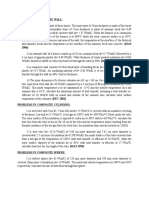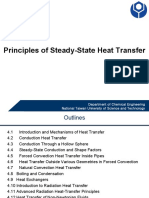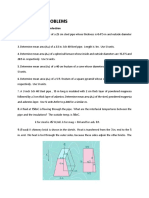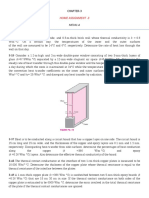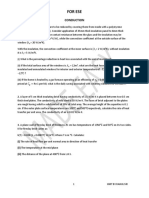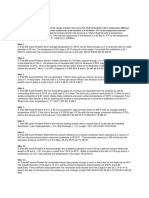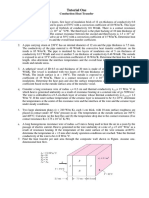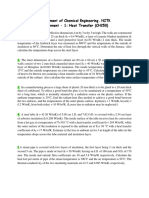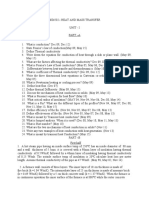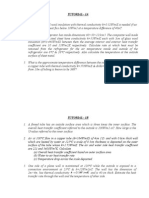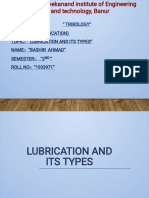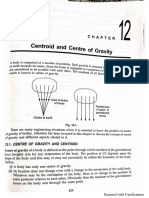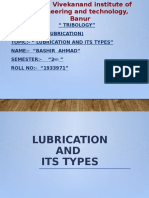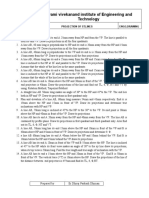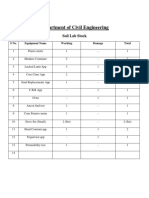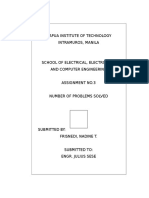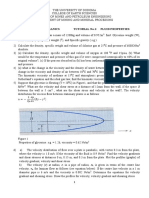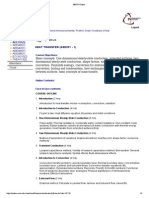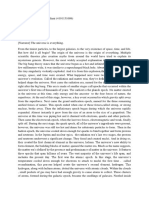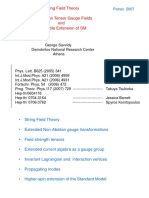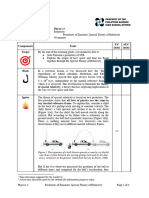0% found this document useful (0 votes)
437 views5 pagesTutorial Sheets
This document contains 10 problems related to heat transfer by conduction and convection. The problems involve calculating heat transfer rates, temperatures, and heat transfer coefficients in situations involving pipes, cylinders, furnaces, meats, plates and more. Materials include steel, aluminum, beef, glass and others. Properties like thermal conductivity, diffusivity, convective heat transfer coefficients, and initial/boundary temperatures are provided. Calculations require applying equations for one-dimensional conduction, overall heat transfer coefficients, and relations for convective heat transfer over surfaces.
Uploaded by
Dhiraj DhimanCopyright
© © All Rights Reserved
We take content rights seriously. If you suspect this is your content, claim it here.
Available Formats
Download as PDF, TXT or read online on Scribd
0% found this document useful (0 votes)
437 views5 pagesTutorial Sheets
This document contains 10 problems related to heat transfer by conduction and convection. The problems involve calculating heat transfer rates, temperatures, and heat transfer coefficients in situations involving pipes, cylinders, furnaces, meats, plates and more. Materials include steel, aluminum, beef, glass and others. Properties like thermal conductivity, diffusivity, convective heat transfer coefficients, and initial/boundary temperatures are provided. Calculations require applying equations for one-dimensional conduction, overall heat transfer coefficients, and relations for convective heat transfer over surfaces.
Uploaded by
Dhiraj DhimanCopyright
© © All Rights Reserved
We take content rights seriously. If you suspect this is your content, claim it here.
Available Formats
Download as PDF, TXT or read online on Scribd
/ 5




